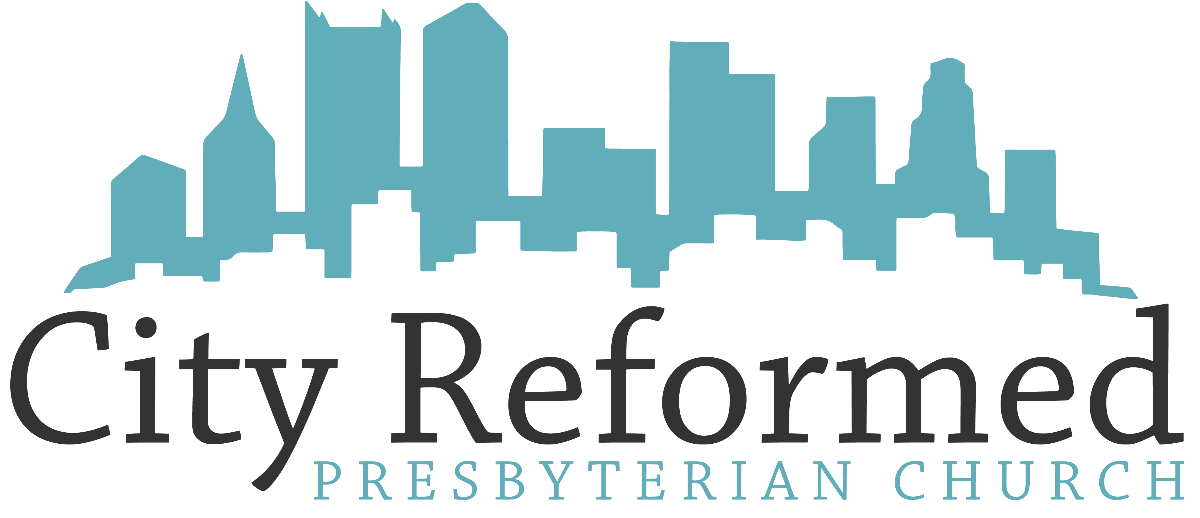Text: Rev 9:1-12
OT Text: Joel 2:1-11
Featured Verse: Rev 9:4 They were told not to harm the grass of the earth or any green plant or any tree, but only those people who do not have the seal of God on their foreheads.
Main Idea: Even the demonic powers from the “bottomless pit” are constrained by the purposes of God. Their malevolent actions cannot harm God’s people who are sealed by his Spirit.
We saw yesterday that the seven trumpets have a great deal of similarity to the 10 plagues of the Exodus where God brings judgment on Egypt and deliverance for his people. The first woe continues this trend with the plague of locust. However, the OT minor prophet Joel also has an expanded section on a locust plague which also shapes this passage. It is particularly helpful to read Joel 2:1-11 to see the OT background for this sort of prophetic imagery.
Analysis
With the fifth trumpet we enter into one of the most provocative images that we have seen yet in the book of Revelation. John describes a judgment that uses OT imagery from the Exodus plagues (Ex 10) and the prophet Joel (Joel 1-2.) The locust plague in the Exodus was directed at the Egyptians, the locust plague in Joel was directed at Israel, and the locust plague in this vision is expanded to shake the whole world. How should we understand the references to the locust? What are they, actually?
It is important to note that John indicates that he was having a hard time relating this vision to actual things that people were familiar with. He repeatedly uses the phrase “they were like” then gives a more common description. The challenge for us is to try to put all of these things together into one coherent vision. Are these meant to be understood as actual locust? Or do we think of them as being related to ancient warfare?* Or modern warfare?**
There is actually another option which seems to match well with the language of the passage. It seems likely that John is describing demonic powers by comparing them to things that people are familiar with. Since the origin of these creatures is from “the shaft of the bottomless pit” (9:1), and since the king who is over them is an “angel of the bottomless pit” called Apollyon, it makes the most sense to regard these creatures as malevolent spiritual beings – that is demons. In conclusion, we may simply point out that because demons are not something that people see in the physical realm, it would make perfect sense that John would struggle to describe them and would necessarily compare them to things we have seen before. (Locusts like battle horses, with hair like women’s hair, teeth like lion’s teeth who came with a noise like many chariots.)
Conclusion and Application
The Bible tells us that there are spiritual powers that seek to harm humans. We know little about the world of demons, but the Bible tells us what most people in most cultures have believed about the world – that there are dark spiritual powers that mean us harm. However, the Bible offers to followers of Christ complete protection from demonic powers. In this vision we are specifically told that these locust could not harm the people who had been sealed in the vision from chapter seven. (See 7:1-4 and 9:4) In a similar manner, the Bible tells us that Jesus has won a complete victory over the spiritual powers of evil (Col 2:15) and that if we resist the devil, he will flee (1 Peter 5:8, James 4:7)
Modern, Western cultures are prone to dismiss spiritual powers as superstitious or uneducated. It is not so in the rest of the world. In a recent adult Sunday School class a missionary from Africa reminded us that nearly all Africans believe in a spiritual world and Christianity on that continent brings powerful explanatory power to this part of their observed experience. Most importantly, Christianity teaches us that we need not fear demonic powers because Christ has power of a higher magnitude. In the visionary sequence of the seven trumpets we are reminded that the demons are limited in power and only allowed to operate within God’s predetermined limits. The authority of the Lamb of God to open the scrolls binds and directs all of the actions within. That does not reduce the evil found in these forces, or their intent to harm humans. But it reminds followers of Christ that his victory on the cross places us beyond the power of the devil. Sealed by the Holy Spirit, our souls are safe in Christ. We suffer in this life, and we may even follow Jesus into losing our lives in our earthly pilgrimage. But nothing can separate us from the love of God that is in Christ Jesus. (Romans 8) To be sealed is to be spiritually safe, knowing that our eternal destiny is secure.
Notes:
* The prophet Joel also describes a locust plague, but does so in a way that makes the locust plague seem like a marching army. Scholars are unsure if he is describing a locust plague that acts like an invading army, or an invading army that acts like a locust plague. Sometimes, it is not easy to tell which way the figurative language is meant to go.
** As you may imagine, passages like this are ripe for imaginative connection to modern circumstances. Interpreters who see the visions of Revelation as primarily representing the future are prone to connect these visionary images to modern warfare, such as tanks or helicopters. While it is certainly possible that God could bring a fulfillment of this in that manner, it seems to take us far afield from the concerns of the early church.
